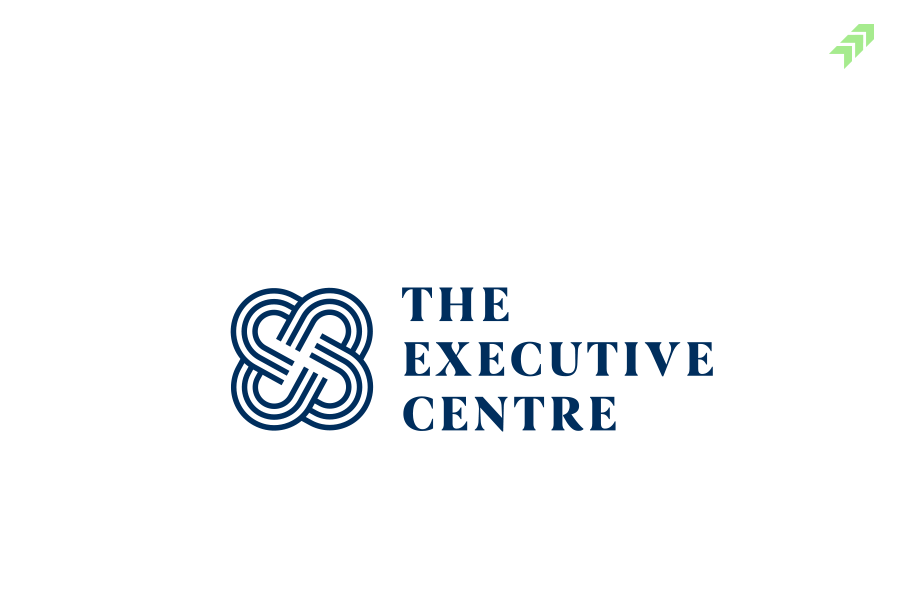Lock-in
A lock-in period is a time period during which investors who have invested in public issues are unable to sell their allotted shares. Insiders such as a company’s founders, owners, managers, and employees are typically subject to lock-up periods, but early investors such as venture capitalists may also be affected. An IPO lock-up period is intended to prevent insiders from flooding the market with large numbers of shares as they go public, potentially depressing the stock price initially.
Long Position
Long position is opposite of a short position. In the financial market, if an investor/trader is going long on a position, it means he/she is bullish in the trend of the security and buying the underlying asset with the expectation of the price to increase.
LEVERAGE
Bit like a difference between a prepaid and a postpaid card. Both facilities help you to buy things and provide easy access to money, but a prepaid card’s buying power is limited by the credit in your account while postpaid cards lend you the amount to buy more than the credits you have on hand—potentially much more.
Loan against share
Individuals, promoters, and organisations pledge their shares to banks/brokers in order to borrow funds for personal, business, or liquidity purposes. Even after receiving a loan, you are not required to liquidate your investment; rather, you can continue to profit from it. Although there are restrictions on which securities will be accepted depending on the lender’s policy. If the borrower fails to make timely payments on their obligations, the lender may sell the security in the market to recover the debt.
Eligibility criteria for Loan against Securities
- Should be a resident of India
- Must not be a minor or should be at least 21 years of age
- The borrower should be a salaried or self employed individual
Loan against shares
For effective utilization of assets, Individuals, promoters’ and organizations pledge their share to banks/brokers to borrow funds for their personal / business commitments. This service can be availed both online and offline and is classified as an overdraft facility. Loans secured by securities are typically less expensive than personal loans. Even after getting a loan, you don’t have to liquidate the investment rather you can still earn from the investment you have made. You still enjoy all the right of shareholder like voting rights, dividends, and participation in general meets, etc.
Lot size
It is the total number of underlying securities in one contract, or the number of shares an investor must bid for in order to obtain the contract. Initially, the F&O market lot value was set at around Rs.2 lakhs. The goal of maintaining large lot sizes was to discourage individual / small investors from placing bullish bets on securities/indices in the F&O market. It was then raised to Rs.5 lakhs in 2015 to discourage retail investors from speculating in F&O. In fact, new additions to the F&O list have a minimum lot value of Rs.7.50 lakhs, with a proposal to raise the lot value to Rs.10 lakhs so that only informed investors and traders trade in the F&O market. SEBI regularly revises lot sizes on the upside and downside. Because lot values fluctuate in tandem with stock price movements, lot sizes must be adjusted accordingly.
Limit order
It is a purchase or sale for a security at a specific or better price. The trader has more control over which price the trade will be executed; however, the order may never be filled.
Large cap
Choosing an investment vehicle has always been a difficult task; distinguishing risk, returns, time horizon, and liquidity, among other factors, requires considerable effort. A large-cap equity fund is one of many different types of equity funds. Large-cap funds invest in companies that are market leaders. They are the market’s most liquid stocks, with large volumes traded every day, and they provide portfolio stability. This type of investment is appropriate for risk-averse investors seeking consistent returns, long-term capital appreciation, and high liquidity.
Liquid funds
Liquid funds are a class of debt fund that invests in securities with remaining maturities of up to 91 days. Liquid funds’ assets are allocated to certificates of deposit, treasury bills, commercial papers, and so on. The risk levels of liquid funds are low. Because they primarily invest in high-quality fixed-income securities that mature soon, liquid funds are regarded as the least risky of all debt fund classes. This means that the net asset value (NAV) of liquid funds is more stable than that of other types of debt funds. As a result, these funds are appropriate for risk-averse investors.
Long term capital gain (LTCG)
There are some investments that provide good returns over time. Long-term capital gains (LTCG) are investments that provide returns over a longer period of time. Long term capital gains are any investments that provide returns in the range of one to three years. If an investor holds an investment for three years before transferring or selling it, the returns on the investment at the time of transfer or sale are considered a long-term capital gain, such as property, land, mutual funds, and so on. Currently, in India, any gains realised and classified as LTCG (equity & equity MF) are tax-free for the first Rs 1 lakh and taxed at 10% if the LTCG for the year exceeds Rs 1 lakh.
Liquidity risk
The ability of a company or an individual to pay its debts without incurring significant losses is referred to as liquidity. The inability of an investment to be bought or sold quickly enough to avoid or reduce a loss causes liquidity risk. It frequently manifests as wide bid-ask spreads or large price swings. Liquidity risk occurs when an investor or financial institution does not have enough cash on hand to meet its financial obligations on time. A macro level incident, such as the 2007–2008 global credit crisis or the 9/11 attacks, can be the best situation for an occurrence of liquidity risk. The unexpected event causes investors to flee from the market, resulting in widening bid-ask spreads and significant price drops. Because of a lack of buyers or an inefficient market, an investor or business may be unable to convert an asset into cash without sacrificing capital or revenue. Furthermore, if a company lacks effective cash flow management and sound liquidity risk management, it will experience a liquidity crisis and eventually become insolvent.
Sources of Liquidity Risk
Scarcity of cash flow management
A company’s cash flow management allows it to identify potential liquidity issues and opportunities. Positive cash flow is essential for any company that wants to thrive in the long run. A company’s exposure to unnecessary liquidity risks will increase if cash is not managed effectively. Furthermore, a company that does not have a well-managed and robust cash flow will struggle to stay profitable, secure favourable financing terms, attract potential inventors, and stay viable in the long run.
Difficulty in obtaining financing
Organisation with legacy of late debt repayment and/or non-compliance with loan covenant terms may present additional challenges when it comes to obtaining finance. As a result, firms must carefully manage their capital structures, match loan maturity profiles to assets, and maintain regular contact with lenders. The inability to obtain funding at all, let alone at competitive rates and terms, raises the risk of liquidity.
Unnecessary Expenditure
Proper fixed asset management is critical, particularly for businesses in capital-intensive industries such as energy, telecommunications, and real estate. A capital-intensive business is frequently highly leveraged, with a high fixed to variable cost ratio. Unplanned capital expenditures, such as a new purchase or significant equipment repairs, may exacerbate existing budget constraints, making large investments in new projects. As a result, operational leverage increases and liquidity risk rises.
Market Disruption
Market disruption can occur when a steep drop in the stock market is fueled by investor concerns that specific causes will cause widespread problems that will stymie business flow. Disruptive events such as the Russia-Ukraine war and the Covid-19 can also cause significant issues if they occur in critical areas of an industry’s operations and could force a halt in output.
Flaws in measurement of liquidity
A strong cash flow management assists in balancing the company’s day-to-day cash requirements for various purposes. A lack of cash management may result in overestimation or underestimation, resulting in low returns on assets or high expenses for incurring untimely debt. It not only puts your assets at risk of lien, but it also makes long-term project financing difficult.
Open FREE Demat Account in less than 10 minutes
20
Get Instant Pledge Benefits* + Zero Delivery Brokerage* to maximize your returns
10
Per order only (No hidden charges)


















